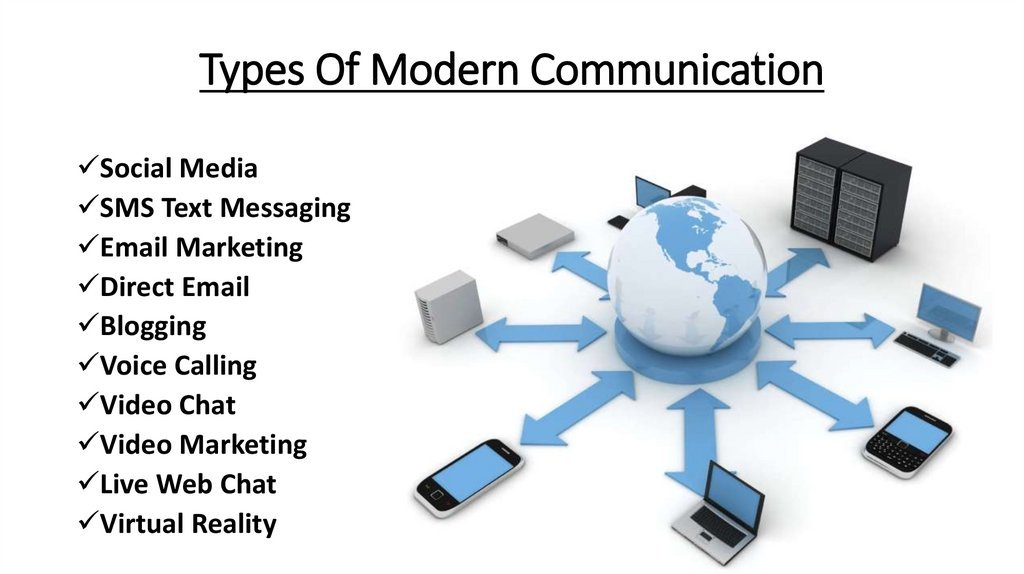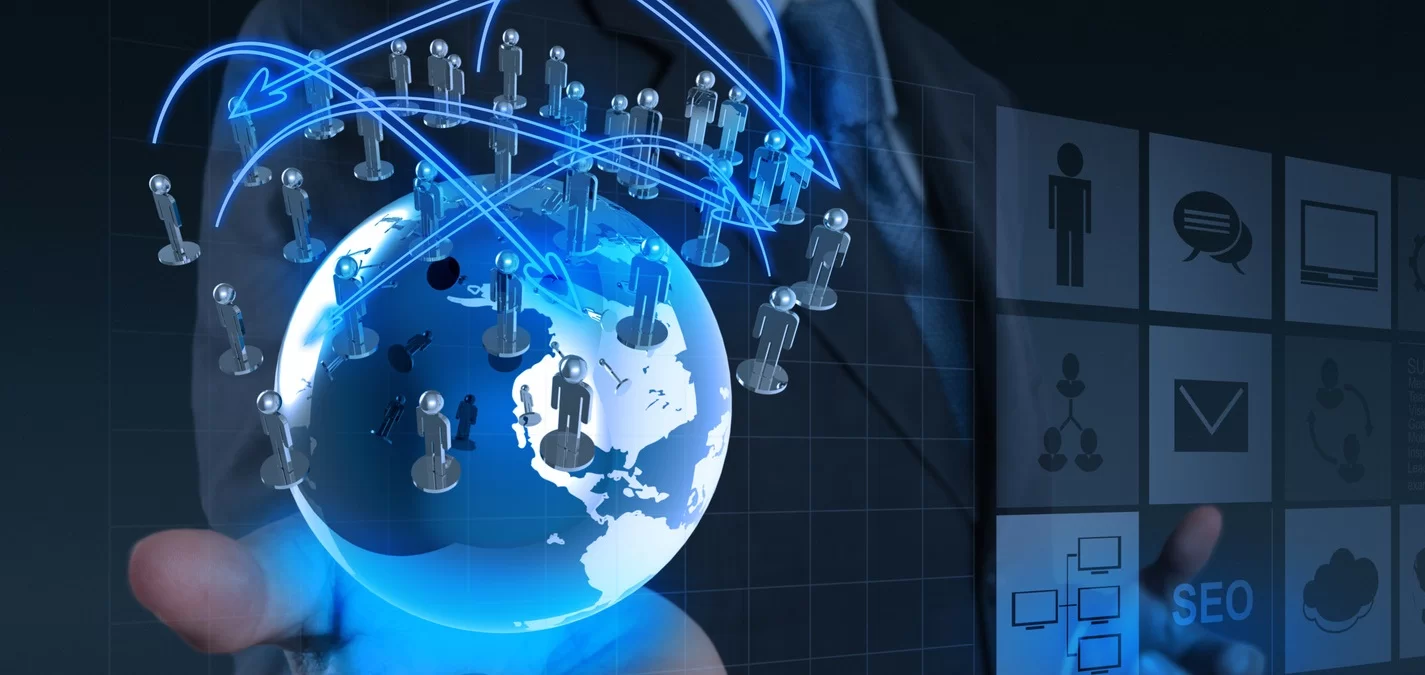In today’s ever changing society, information communication technologies form the hub of interactions, exchange and development. This has ranged from the very basic sending emails to the current use of artificial intelligence in chatbots as people communicate in their day to day lives. But first, what does the term “New Communication Technologies” means and how these technologies affect our everyday life? Let’s dive into it!
What are new communication Technologies?
In its simplest form, New communication technologies are tools, platforms and systems geared at enhancing the flow of information through more efficient and in many cases more collaborative means. This broad term covers ideas that recast human interaction for work, fun, education or commerce like employer-employee meetings through video conferencing apps, personal interactions via social media apps, business and other organizational communications through such apps as instant messaging apps as well as virtually through VR systems.
In essence, these technologies effectively uncouple many of the conventional constraints such as time and space making the world to feel much smaller. They range from h/w such as smartphones and laptops, s/w like messages’ applications, and collaborative tools.
Why Do We Call Them “New”?
The use of the word ‘new’ in communication technologies don’t mean that these technologies were developed today. It means new forms that have appeared in the last few decades counting with newspaper, radio, and fixed phones as reference. New communication technologies as in those mentioned are the move from Analog to Digital, Static to Dynamic communications and Passive to Highly Interactive.
A Quick Walk Through Communication Evolution
1. The Old Ways
Prior to World Wide Web we were using conventional tools which include letters, telegraph or even the landline telephone. These were efficient but not efficient in speed and coverage.
2. The Digital Wave
However, the last part of the 20th century was a dramatic one with computers and internet even mobile phones. Letters were substituted with emails and cell phones were being used in homes instead of foil.
The Current Era of Connectivity
Today we have internet, 5G, smart devices, and sophisticated platforms which enable users to talk across continents within minutes.
Examples of New Communication Technologies
1. Smartphones
Beginning with the device that most of us are only a few keystrokes away from constantly clutching. The most {transformed} days of smart phones are the days when it was just a telecommunication device used for just calling purposes only. From video calling a friend in another continent to sending voice messages, mobile smart phones are part of this shift.
2. Social Media Platforms
It has therefore, brought about the various social media platforms including Instagram and TikTok amongst others. However, with web 2.0 the focus has shifted to creating communities, marketing business, and in some cases, formulating opinions.
3. Cloud-Based Communication Tools
Those which include Zoom, Microsoft Teams, and Slack have become essentials, especially for virtual working environments. It includes provision of video / teleconferencing for effective collaboration, sharing of files and use of instant messages.
4. Artificial Intelligence (AI)
Self-organizing, autonomous, and artificial intelligent mean for communication therefore means; Chatbots and Virtual personal assistants such as Apple’s Siri and Amazon’s Alexa and business analytical systems. AI is enriching the connectivity of the people by enhancing the conversations.
5. Augmented Reality (AR) and Virtual Reality (VR)
Consider engaging virtual conferences in which attendees attend the conference from an virtual environment and are represented by animated figures. AR and VR are enriching and making the communication process more interactive in many sectors such as education, games and training.
6. Internet of Things (IoT)
Smartwatches and smart speakers are some of the IoT gadgets, through which people can speak to their devices. Ever wanted to tell Alexa to send a text or see what the weather is like outside? That is how IoT communication works.
The Role of the Internet in New Communication Technologies
fundamentally, these innovations are pegged on theWorld Wide Web. Fast internet access, available for billions of people, provides the foundation for new communication technologies. As 5G networks continue to be deployed around the world the tempo and timbre of communication have gone higher.
The internet is not only for communication between people, but it has also been a source of automation, data, and approach to international links.

The Benefits of New Communication Technologies
1. Speed
A thing of the past is the following of mails to post offices. Communications such as messages the files, and even a video conference takes place in real-time, thinking of the amount of time saved.
2. Global Connectivity
Can you imagine when you live in New York, but virtually you work with people in Tokyo? These new forms of communication make this not only possible but successful.
3. Enhanced Collaboration
Whether it was a collaborative drawing on a whiteboard and a collaborative concept sharing through a presentation, teamwork is now much smoother.
4. Inclusivity
Video conferencing and text to speech help to ensure a more meaningful interaction with those who are in wheelchairs or in some other distant center.
5. Cost-Effectiveness
Most of these tools are either free or cost quite a negligible amount as compared to the long distance communication instruments.
Challenges and Concerns
Much as new communication technologies can be awesome there are always issues that accompany them. Let’s explore a few:
1. Privacy Issues
As much of our talking and recording becomes digital, issues of privacy has become rampant. There are always questions about how corporations process user data.
2. Digital Divide
Although most of us have fast internet and sophisticated devices, several billions of other people, living in rural or disadvantaged areas, do not have these opportunities.
3. Overdependence
Shed a moment; a day; a week or more without your phone? These technologies, on which we increasingly depend on, can sometimes be overwhelming.
4. Miscommunication
Given this much information being shared in the digital world, tone and intent may be misunderstood most of the time. Of course emojis do help but they are not a perfect solution at all!
The Future of Communication
The future, thus, looks very promising – and a little mind-blowing at that. That means we’re considering things like Holographic calls, AI-based translators that can eliminate language barriers on the spot and may even be able to communicate through brain signals!
Conclusion
The adoption of new communication technologies is changing living, working, and connecting paradigms continually. They have moved us from a basic barter system to active real-time communication across national boundaries and barriers. Still there are the problems of privacy and accessibility, but overall the advantages are far greater. They will also remain part of our lives through improvements that continued innovation yields on an ongoing basis.
Whether you’re using social media to share a laugh, collaborating with colleagues on cloud platforms, or exploring virtual worlds, these technologies make one thing clear: In fact, how people are communicating with each other is going to be different for future.
FAQs
1. What exactly are new communication technologies?
New media technologies, therefore, comprise or relate to modern forms or tools and systems of passing information over short spans of time such as social media, smartphones and AI driven systems.
2. What is their role in the day to day existence?
They facilitate communication, make it global and more interactive and improve on collaboration as well as inclusion.
3. What risks are associated with using new forms of communication technology?
Yes, the problem includes the issue ofPrivacy, Digital divide, overdependency and potential misunderstandings.
4. Where does the application of AI fit in the communication process?
Among the applications are communication enhancing tools such as chatbots, virtual assistants and translation tools.
5. What does the future choice in communication technologies look like?
Prepare for experimental calls via holography and live real-time translation with AI along with BCI for redefining connections.

